Puerta Daehanmun del Palacio Deoksugung (덕수궁 대한문)
9.1Km 2024-12-04
Sejong-daero 99, Jung-gu, Seúl
Tradicionalmente, la entrada principal al palacio Deoksugung, en Seúl, era la puerta Inhwamun. Con la construcción del pabellón más importante del palacio, llamado Junghwajeon, en 1902, también se levantaron dos puertas nuevas: Junghwamun y Jowonmun. Luego se levantó la puerta Daehanmun, al este de Jowonmun, para que funcionara como entrada principal, pero se la movió de sitio en 1904 para permitir la expansión de la avenida.
Samick Town (삼익패션타운)
9.1Km 2024-01-23
Namdaemunsijang 8-gil 7, Jung-gu, Seúl.
Calle del Muro de Piedra del Palacio Deoksugung (덕수궁 돌담길)
9.1Km 2021-02-17
Sejong-daero 101, Jung-gu, Seúl
+82-2-120
Con una longitud de 900 metros, la calle del muro de piedra del palacio Deoksugung fue el primer espacio urbano creado con la intención de que las personas y la naturaleza coexistan en un mismo lugar. La calle fue construida usando materiales sostenibles y se tomaron las mayores medidas para dar prioridad a la seguridad del peatón. Hay aproximadamente 20 bancos y 130 árboles a lo largo de la calle ofreciendo un agradable espacio para descansar y disfrutar del ambiente.
Pasear por la calle del muro de piedra es una agradable experiencia. Esta romántica calle es un lugar ideal para pasear en pareja como también un excelente paseo cultural cerca del Museo de Arte de Seúl, el Museo de Historia de Seúl y otros puntos de importancia histórica.
Hyundai Kalguksu (현대칼국수)
9.1Km 2020-06-16
76, Sejong-daero, Jung-gu, Seoul
+82-2-752-9504
Hyundai Kalguksu is a kalguksu (handmade knife-cut noodles) restaurant that has been in the family for two generations (1982). The restaurant is extremely popular among people working at nearby businesses, thanks to the rich flavor of the broth. Anchovies, dried pollack heads, and kelp are simmered for many hours, and then, other ingredients are added: soft noodles and various vegetables including pumpkin, onion, and green onions. The restaurant is famous for the exquisite taste of its kalguksu, as well as for its large servings. Just one bowl is enough to satisfy a starving man, but if you are still hungry, don’t hesitate to ask for more rice or noodles for free. Another unforgettable specialty here is kimchi. You will also be able to enjoy geotjeori (freshly made kimchi) and kkakdugi (sliced white-radish kimchi), which is fermented for about three days.
Ganga - Apgujeong Branch (강가 압구정)
9.1Km 2021-04-13
868, Nonhyeon-ro, Gangnam-gu, Seoul
+82-2-3444-3610
Chefs with over 20 years’ experience in India personally do the cooking. This restaurant's signature menu is tandoori chicken. This Indian (cuisine) restaurant is located in Gangnam-gu, Seoul.
Of one book and stay / 일독일박
9.1Km 2025-08-11
11-1, Pirundae-ro 3-gil, Jongno-gu, Seoul
This hanok (traditional Korean house) is located in Seochon Village near Gyeongbokgung Palace. It is a modern C-shaped hanok centered around the inner courtyard, which is the first thing that the guests see after entering through the gate. While it is not expansive, white pebbles and a foot bath make this hanok a unique one. One can enjoy a foot bath while sitting on the porch.
The bedroom, which is located beyond the living room, is furnished with a queen-sized bed. Opening the screen doors brings one to the view of the kitchen area beyond the inner courtyard. A large table, plush sofa, and a small bookcase make the space ideal for books and discussions. Climbing the wooden ladder to the side of the kitchen brings one to the attic, which also doubles as a Korean-style room with a skylight. The kitchen is furnished with a refrigerator, microwave oven, gas stove, electric kettle, toaster, pots, utensils, wine glasses, and bottled water. There is a restroom with a bathtub. The standard occupancy of the house is 4 people.
Passion 5 (패션5)
9.2Km 2020-02-26
272, Itaewon-ro, Yongsan-gu, Seoul
+82-2-2071-9505
Passion 5 is located near Hangangjin Station in Hannam-dong and is a premium dessert café & gallery launched by SPC Group. The Passion 5 bakery brings a whole new culture of after-dining, providing customers with a diverse selection of delicious desserts including hand-made chocolates and puddings. Visitors can enjoy their treats in a gallery atmosphere.
The name Passion 5 comes from the combining of five elements: the bakery, patisserie, chocolates and café. The final element is the passion of those who create the desserts. The desserts are exquisitely designed and each element has its own unique atmosphere. In addition to the wonderful items from the bakery, there are usually 300 to 400 dessert items to choose from including cakes, puddings and chocolates.
Museo Nacional de Arte Moderno y Contemporáneo en Deoksugung [MMCA] (국립현대미술관 덕수궁관)
9.2Km 2024-07-29
Sejong-daero 99, Jung-gu, Seúl.
Este museo se dedica a la investigación y el estudio del arte moderno, y también en su exposición y conservación. Aquí podrá ver obras clásicas del arte moderno. Debido a que utiliza el anexo Seokjojeon, dentro del palacio Deoksugung, como su lugar de exposición, el centro mantiene por ello un ambiente tradicional único. En el primer piso están la oficina de administración y la sala audiovisual, y el segundo piso tiene exposiciones de arte moderno en las salas 1 y 2. El tercer piso tiene las salas 3 y 4, en donde las obras seleccionadas como el mejor arte moderno están expuestas durante todo el año. Puede ver obras modernas, tales como pinturas con tinta china, a color, óleos y esculturas. Además de las exposiciones, el centro tiene varias actuaciones, tales como música y mímica. También las conferencias o seminarios, sobre las obras de los artistas, se celebran a menudo y son populares entre los turistas. El Parque de los Ciudadanos del exterior del museo es frecuentado por mucha gente que va allí a relajarse.
Samwon Garden - Main Branch (삼원가든 본점)
9.2Km 2021-03-22
835, Eonju-ro, Gangnam-gu, Seoul
+82-2-548-3030
Large enough to accommodate up to 1,200 guests, Samwon Garden offers an impressive selection of delicious entrees. The bulgogi and the ribs are the establishment’s signatures dishes. In addition to its traditional dining atmosphere, the restaurant is famous for the thick woods and beautiful natural scenery that surrounds its.
Observatorio Jeongdong (정동전망대)
9.2Km 2023-01-26
Deoksugung-gil 15, Jung-gu, Seúl.
Esta atracción oculta se encuentra en el piso 13 del edificio Seosomun, que pertenece al Ayuntamiento de Seúl. El espacio originalmente había sido utilizado para el almacenamiento de suministros y equipo del ayuntamiento, pero fue rediseñado como un observatorio en 2013 y ahora está abierto al público de forma gratuita. El mayor atractivo de este observatorio es que los visitantes pueden tomar una taza de café caliente (las bebidas tienen costo aparte) mientras contemplan la espectacular vista del palacio Deoksugung, la Plaza de Seúl y el área de Jeongdong. El paisaje cambia según las horas o la temporada, lo que constituye otra característica atractiva de este observatorio. Después de pasar por aquí, los visitantes también pueden conseguir un buen almuerzo en uno de los muchos restaurantes cercanos.
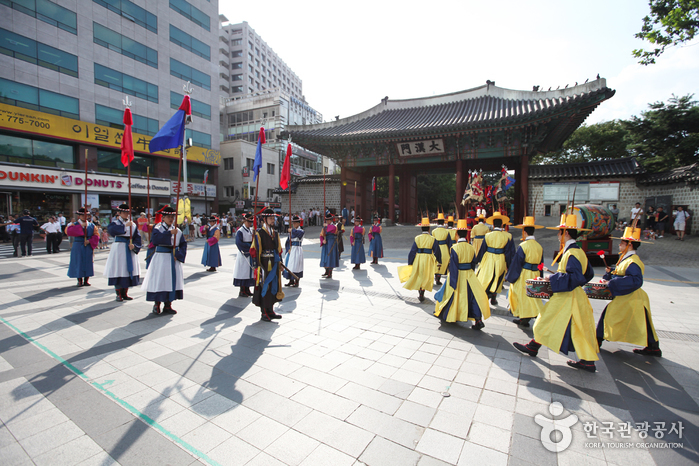
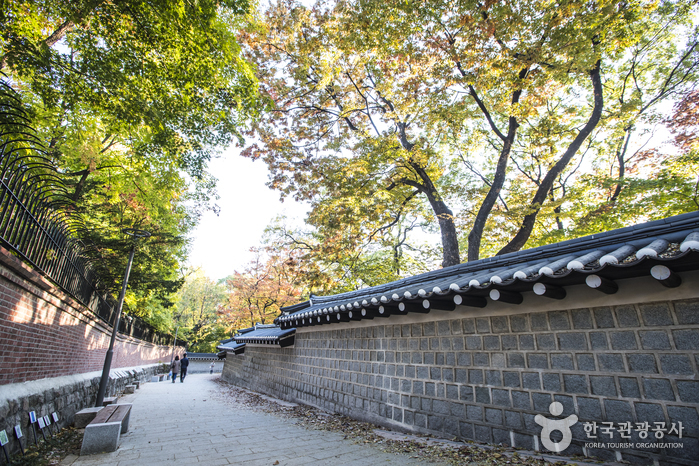
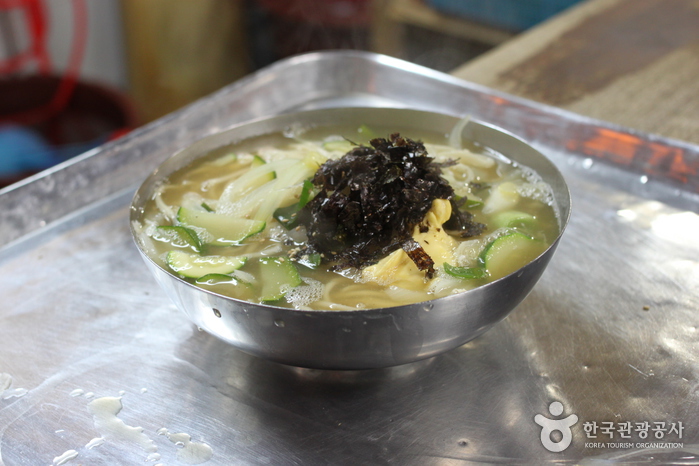
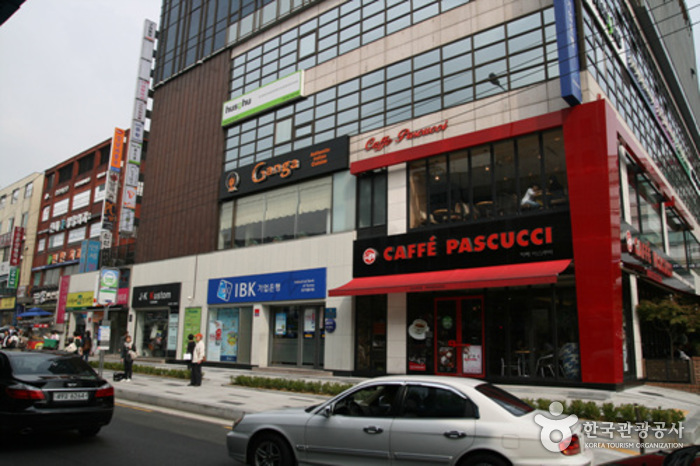
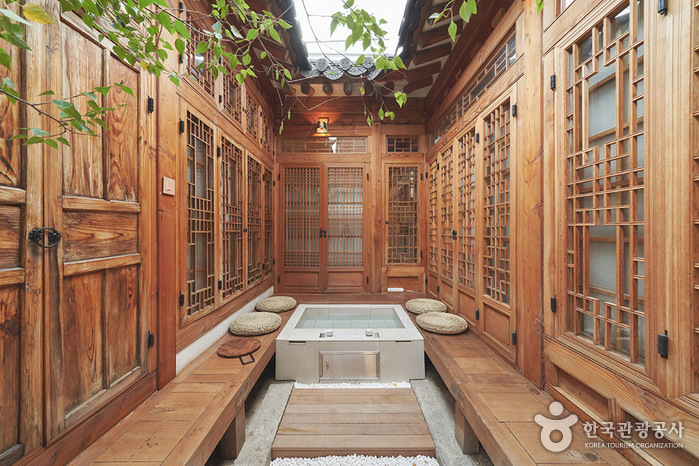
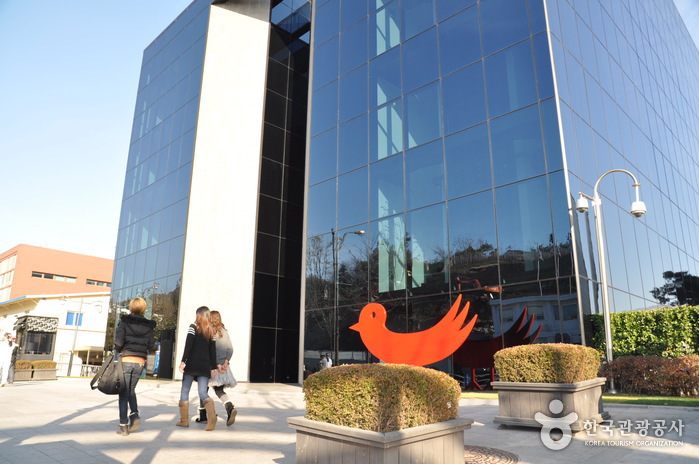

 Español
Español
 한국어
한국어 English
English 日本語
日本語 中文(简体)
中文(简体) Deutsch
Deutsch Français
Français Русский
Русский